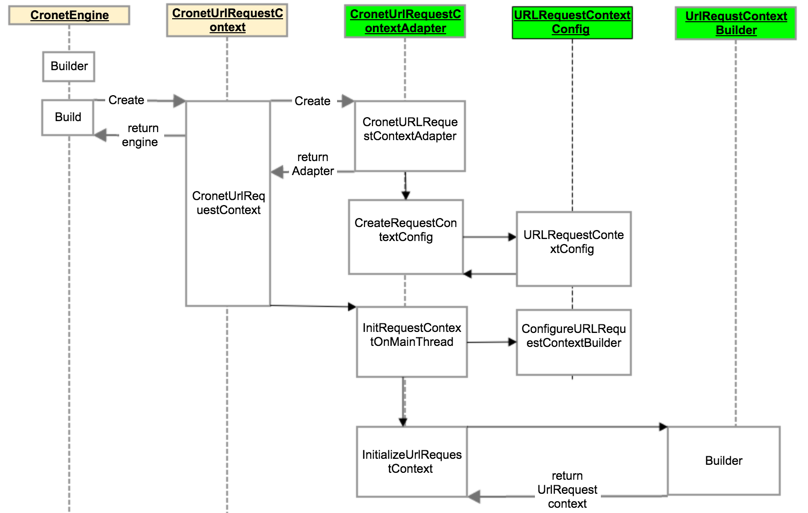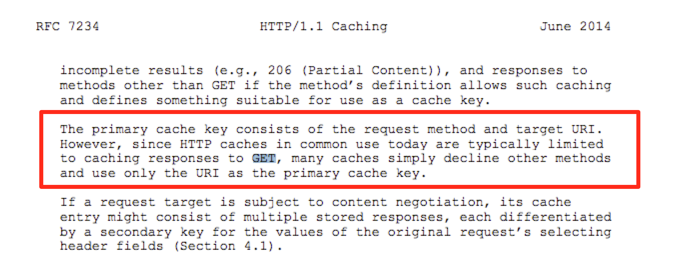背景
对Cronet中如何做http cache做了一个梳理解析.
先介绍一下Cronet网络库的启动流程
以Android举例,如上图,Cronet是一个单线程网络库,在java层存在唯一的CronetEngine,在C++层存在唯一的URLRequestContext,它们是网络库最核心的上下文。
代码解析
我们重点关注一下httpCache是如何运作的
配置将会通过jni接口传递到C++层,会先初始化URLRequestContextConfig,传入必要配置,之后调用ConfigureURLRequestContextBuilder进行更精细的配置传递
把所有配置都消化好了之后,调用其build()方法,构建出url_request_context
为什么POST请求不支持httpCache
以上已经讲述了是否使用cache,在Cronet创建过程的异同点,最终使用httpCache,只是http_cache_transaction.cc 与 http_network_transaction.cc里面状态机的异同。
这里有个新问题可以一起探究一下,为啥Cronet的post请求不支持httpCache
首先我们看一下在http_cache_transaction中,已经有了针对post请求的单独处理逻辑。
那么代码里的upload_data_stream又是做啥的呢?
因此,cronet本身实际上把identifier关闭了(置0),使得所有依赖该值的功能都是失效的,包括post请求使用httpcache
佐证材料
先找一个相关的资料
http协议文档

来自rfc7234chromium-discuss资料

chromium-discuss
由http协议对httpcache的介绍来看,协议层是没有对使用httpcache的方法类型做限制的。
chromium项目论坛中的一个issue,包括cronet作者mmenke rvargas的回应。
基本观点是cronet作者不认为缓存post请求是合理的。
结论
目前cronet中的httpcache是不支持post的,原因是原作者不认为这是一个合理的使用场景。